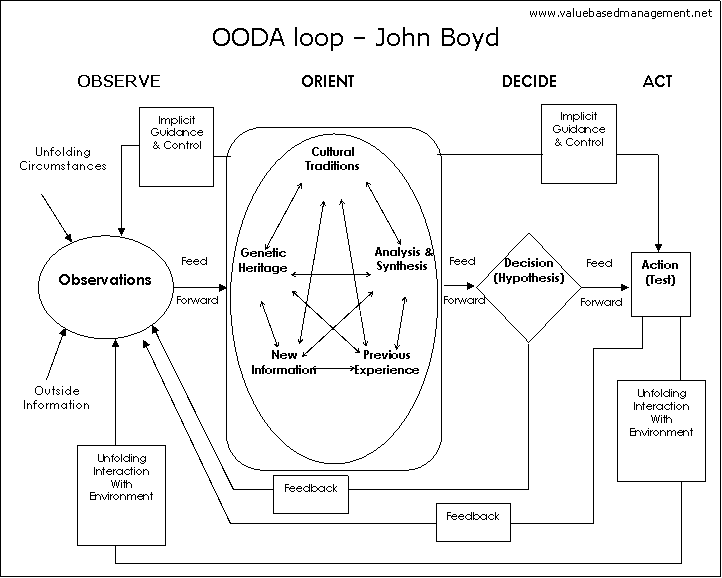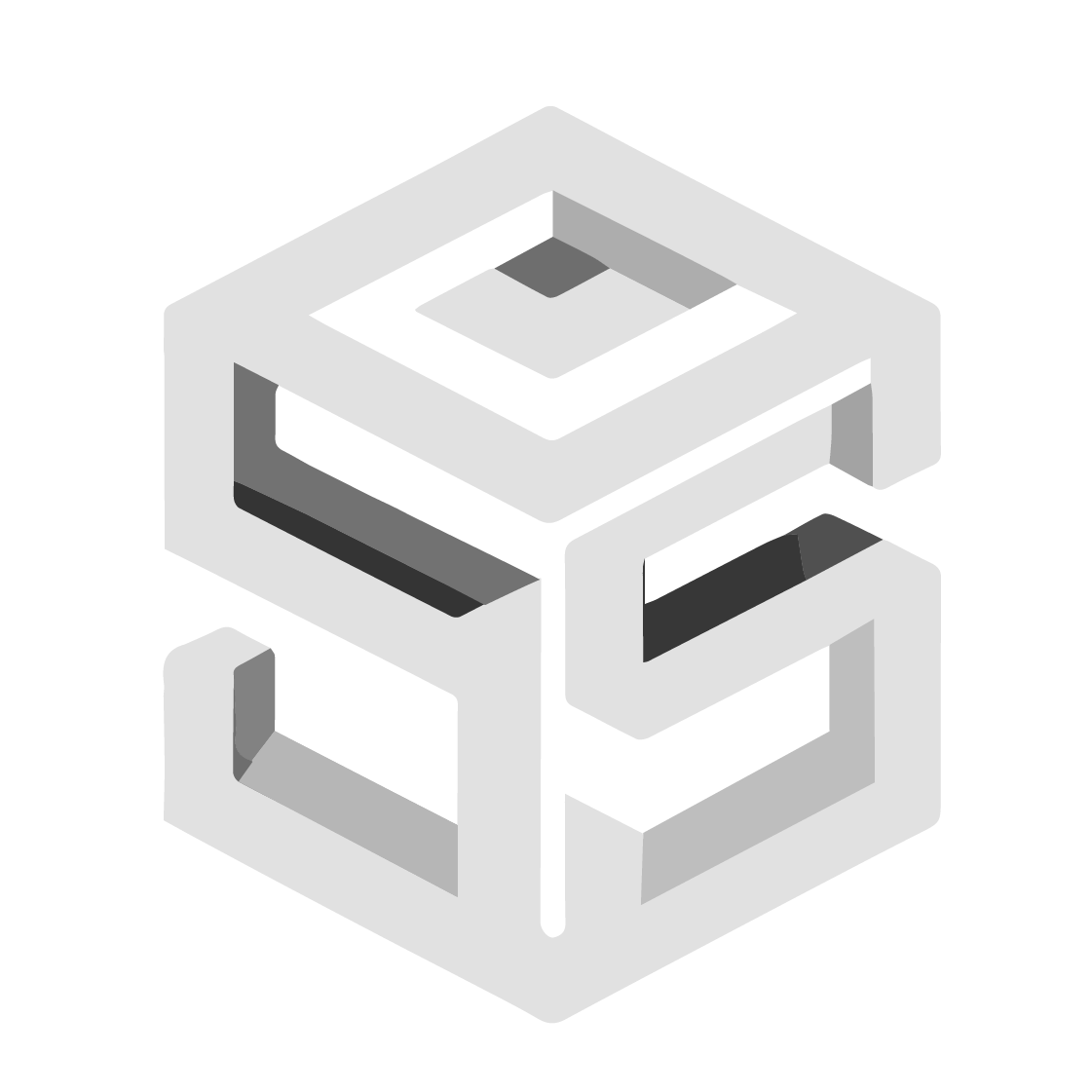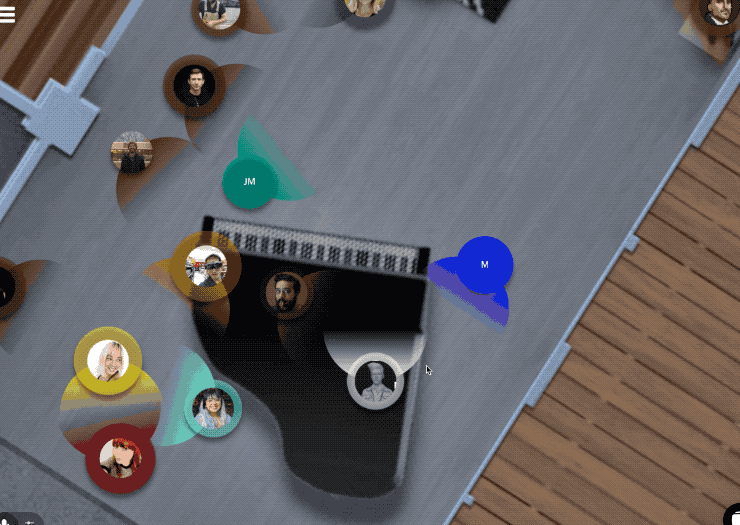Topic: frog design: design process & research methodsSpeakers: Turi McKinley & Jason Severs
[singlepic id=612]
[singlepic id=606]
Inspiration from Jason's Past
"just start anywhere" - quoting bruce mau
"stop thinking, you don't actually know anything."
Bruce Mau's Massive Change project www.massivechange.com
relation to is fine arts process to frogs collaboration design process
but notes the difference of application. "In school, we called it commercial art"
[singlepic id=611 w=640 h=480 float=]"the world you take for granted is being aggressively designed for you."
Catalysts and Methods
"Your way of being in the world, that's your way for …creative catalysts."
Situational Artefacts
conversational stimuli
-developing new software for stock traders
-asking traders questions wasn't getting rich information, so they associated their time of day with artefacts
[singlepic id=604 w=640]
[singlepic id=603 w=640]
Serendipitous Collection
never throw anything away
1/1 ratio
we spend a year about thinking about things that you think about for one minute
Process Influence
OODA Loop

Memory
draw the remotes from memory
how do these old models fit with these new models
Design Process
[singlepic id=608 w=640 h=480 float=]
[singlepic id=605 w=640 h=480 float=]"It's this split, it's this moment of schizophrenia."*
Analysis + Intuition - insight overlay (ven diagram)
CASE STUDY
car in the future
Goals:
-Under stand the effects of the internet and conectivity in the car.
-Design a user experience to help us bring drivers into the era of the connected car
Research Approach
-contextual interviews
-3 weeks, 5 locations, 46 people.
-Japan, Italy, New York, San Francisco, London
orchestrating how interviews go, over the minute
if the client joins the field research, don't let them scare the interviewees
Research Tools
rules of engagement - how should clients behave?
notes - a framework with notes - featuring focal points
an almost tangible UI -Building and ideating a real dash
gave people cut outs and allowed them to build their own UI
diary studies - keep your users' stories central to your work, show it to your clients
"Everything becomes amplified when you're out doing research, or at least it should. And, everything has meaning."
-Jason
Trends
Keys are [changing and] disappearing. You start to see mobile phones taking over that space.
Generate Insight
analytical thinking and intuitive leaps
Design Principles
drivers line of sight, single control display, visual voice, glance and touch, meidated access, detailed assitnacee, distirbuting labor, connections are individual
Sometimes a design is too simplistic.
Ex: "Too simplistic that a person forgot how to open their gass cap. Just press and it pops out, like a cabinet." Similar to this lady locking herself in her car http://www.youtube.com/watch?v=SbX_I_lrmIc
User Proposals
[singlepic id=609 w=320 h= float=]User proposal in the US
[singlepic id=610 w=320 h= float=]User proposal in Japan - very slim design for a passive engagment
Driving is already a "low-bandwidth activity," allowing the driver to be able to intermittently do other things while driving (Norman). There seems to be a trend for driving to become a lower-bandwidth activity for the user, with an increase in high-bandwidth for ambient information in the car.
But Jason mentioned that they were reminded from user interviews that "Driving for pleasure" is still an important design parameter.
CLOSING
Design is still thought of by some companies as the dark arts.
so clients often don't question your findings from the filed
altho you do work with your client's understanding of that.
The issue comes in when taking the idea to production
because then you meet harsher constraints, financial, material etc
Coming in as the outside agency to the client's own specialty or design department
ex: the automobile's radio designers. they may have 10 people that focus on one radio button.
"that creates a friction."
It was good to see that a process is very detailed.
Not only frog's design process process, but also the process they describe (in research), and the processes they invision as future experiences.
Thanks to Jason, Turi and frog design for the good presentation.
*Note on that moment of schizophrenia - is supported by Teddy Cruz' comment “Designers are schizo by nature," when he spoke on Project Atlantis at Parsons.
[nggallery id=50]
Source: Donald J Norman. Interaction Design for Automobile Interiors http://www.jnd.org/dn.mss/interaction_des.html
Bios and about via Parsons' original event info:
Turi McKinley is a Principal Designer whose primary role at frog has been to create clear, compelling interactive experiences and strategic visions for frog clients, and to lead in the design research practice in the NY studio. Her broad experience spans design research, interaction design and strategy for clients such as Colgate-Palmolive, LG, Educational Testing Service (ETS), Humana, and Qualcomm.
Prior to joining frog, she led design programs at MIT for clients including the University of Cambridge, the MIT Media Lab, and the MIT Entrepreneurship Center; developed social media software for emerging Eastern European markets; and worked on documentary films in Tibet, Nepal, India, rural China and Appalachia. She has degrees in Cultural Anthropology and Design.
Jason Severs is a Principal Designer who has helped to make frog an influential force in human-centered design. As a leader in the Design Research practice, he is responsible for promoting a systems-wide perspective on every project he engages, ensuring that the needs of users, businesses, manufacturers, suppliers, environment – and the rest of the value chain – are explored, understood, and considered as a part of the entire design process.
Before joining frog, Jason worked with Bruce Mau at the Institute without Boundaries on the project Massive Change and at Columbia University's Center for New Media Teaching and Learning developing courseware and distance learning applications.
frog design is a global innovation firm working with the world’s leading companies, helping them create and bring to market meaningful products, services, and experiences. frog's multidisciplinary process reveals valuable consumer and market insights and inspires lasting, humanizing solutions.
Date: Friday, February 25, 6p
Location: Theresa Lang Center, 55 W. 13th Street, 2nd floor
sponsored by D+M for Department Seminar 2: Design in Everyday Life
additional:
themes
emotional touchpoints
personal connection to design -it doesn't really matter if you have personal connection to the things you are doing.



![[Smaller Ventures]](http://static1.squarespace.com/static/51bd406ae4b0cc528082df0a/551773f4e4b0f52fcf9b8c34/551773f5e4b0f52fcf9b8c83/1298968404000/Smaller-Ventures.gif?format=original)


